Antiquity

Physician writers are physicians who write creatively in fields outside their practice of medicine.
The following is a partial list of physician-writers by historic epoch or century in which the author was born, or published their first non-medical piece, arranged in alphabetical order.






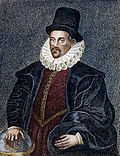


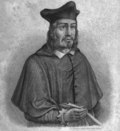


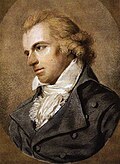




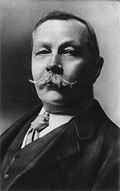


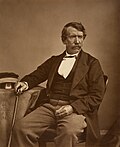

















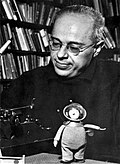

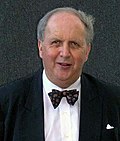








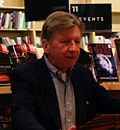



In 1955 a group of physician-writers created the International Federation of Societies of Physician-Writers (FISEM). One of the founders was Dr. André Soubiran, author of Hommes en blanc (The Doctors). Other founders included Italian Professors Nasi and Lombroso, Belgian Drs. Sévery and Thiriet, Swiss physicians Junod and René Kaech, and eminent French writers of the medical academy. Dr. Mirko Skoficz was a key figure at the first FISEM congress in San Remo, Italy, along with his wife, Italian film star Gina Lollobrigida.
In 1973 FISEM changed its name to UMEM—Union Mondiale des Écrivains Médécins, or World Union of Physician Writers. [36] Its current president is Dr. Carlos Vieira Reis of Portugal. UMEM is an umbrella organization that subsumes physician-writer groups in:
In the Anglophone world, the lead has been taken by New York University (NYU) with their encyclopedic Literature, Arts & Medicine Database [51] and blog. [52] An associated resource is the Medical Humanities directory: http://medhum.med.nyu.edu/directory.html.
These sites were established in 1994 at the New York University School of Medicine and were:
"dedicated to providing a resource for scholars, educators, students, patients, and others who are interested in the work of medical humanities. We define the term 'medical humanities' broadly to include an interdisciplinary field of humanities (literature, philosophy, ethics, history and religion), social science (anthropology, cultural studies, psychology, sociology), and the arts (literature, theater, film, and visual arts) and their application to medical education and practice. The humanities and arts provide insight into the human condition, suffering, personhood, our responsibility to each other, and offer a historical perspective on medical practice. Attention to literature and the arts helps to develop and nurture skills of observation, analysis, empathy, and self-reflection – skills that are essential for humane medical care. The social sciences help us to understand how bioscience and medicine take place within cultural and social contexts and how culture interacts with the individual experience of illness and the way medicine is practiced." [53]
Daniel Bryant, an American internist, has compiled an extensive list of fellow physician writers. [54]
The Johns Hopkins University Press publishes Literature and Medicine , "a journal devoted to exploring interfaces between literary and medical knowledge and understanding. Issues of illness, health, medical science, violence, and the body are examined through literary and cultural texts." [55]
Dartmouth Medical School publishes Lifelines , an art and literature journal dedicated to featuring the works of physicians [56] and their experiences in medicine.
The British Medical Association keeps an updated, though selective, list of physician-writers on its web site. [57]